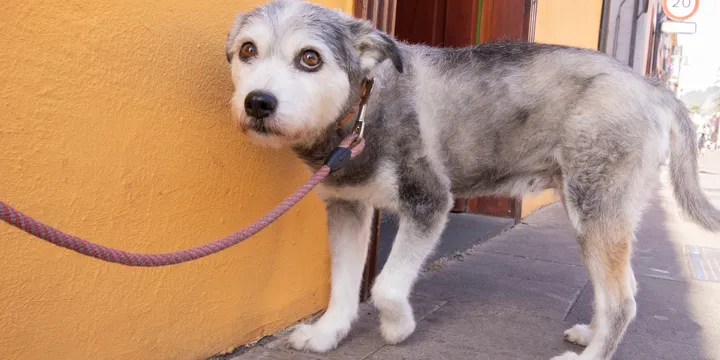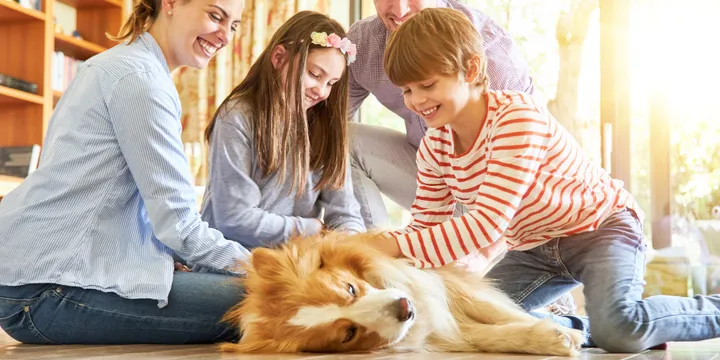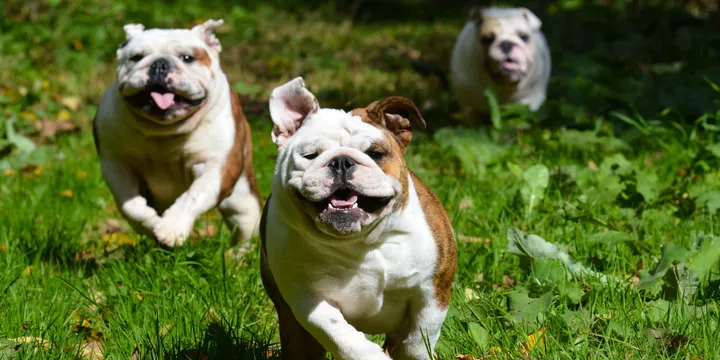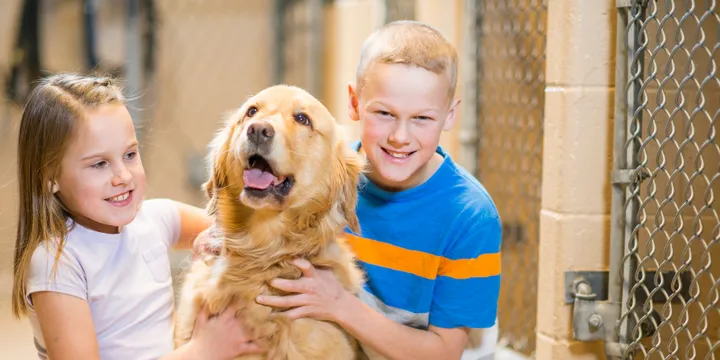
Socializing your new dog
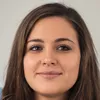
Today I want to talk about socializing your dog. It's a bit like introducing your best buddy to your group - exciting, nerve-wracking and oh so rewarding.
Why socialization is important
Imagine a world where your pup confidently walks down the street and wags at every passerby as if they were old friends.
That's the dream, right? Socialization is the key to making that a reality.
It's about exposing your dog to all kinds of people, places and pets so they grow up to be versatile, happy dogs.
Meeting the parents
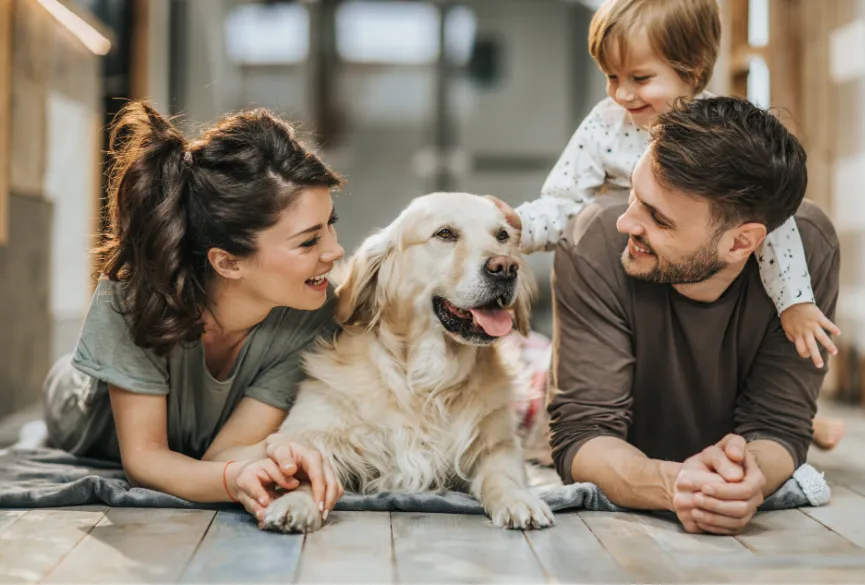
So you've brought home a new dog - congratulations! Now it's time for the big introduction.
Think of it as an introductory session, but with lots of wagging and kisses.
Start with the people who will share the roof with your pup - yes, that's you and your roommates.
Get down on their level, let them smell you and shower them with love and attention. The point is that first impressions count.
Techniques for introducing your dog to first-time caregivers
- Sit at their level and let them smell you.
- Overload them with love and attention.
- Let them explore their new environment at their own pace.
Understanding your dog's preferences and behavior
- Notice how they respond to different interactions.
- Observe what they like and what makes them nervous.
- Build trust and rapport through positive experiences.
Interactions with children
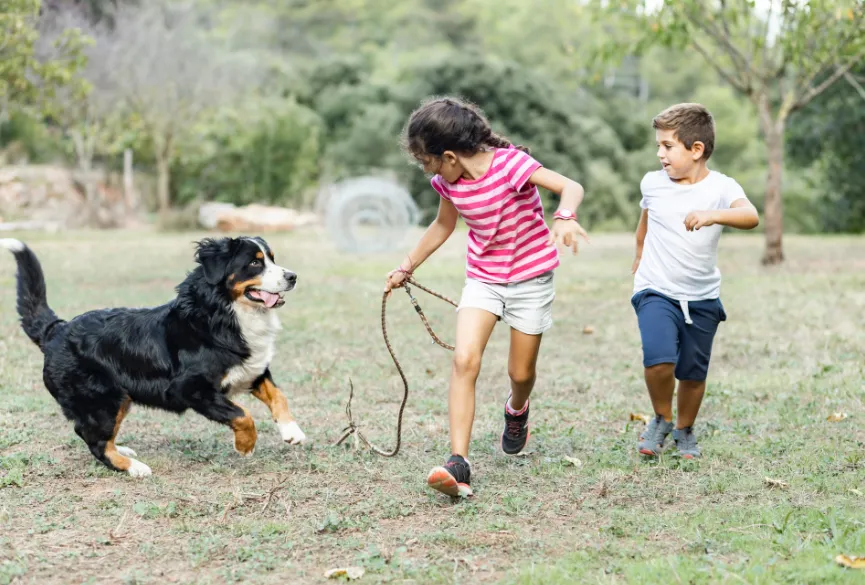
Now let's talk about the little ones in your life. Kids and dogs? Usually an ideal combination.
But before you release them, you need to set some ground rules.
Teach children to approach gently, talk softly and let the dog come to them.
And who doesn't love a game of fetch or a tasty treat? It's all about building trust and friendship from the beginning.
Guidelines for initial interactions
- Teach children to approach gently and speak softly.
- Encourage patience and allow the dog to initiate contact.
- Supervise all interactions to ensure the safety of both children and dogs.
Ensuring a positive first impression
- Use treats and toys to create positive associations.
- Encourage calm and gentle play to build confidence.
- Establish a bond based on mutual respect and understanding.
With a little guidance and supervision, children and dogs can build incredible bonds that will last a lifetime.
Socialization with friends
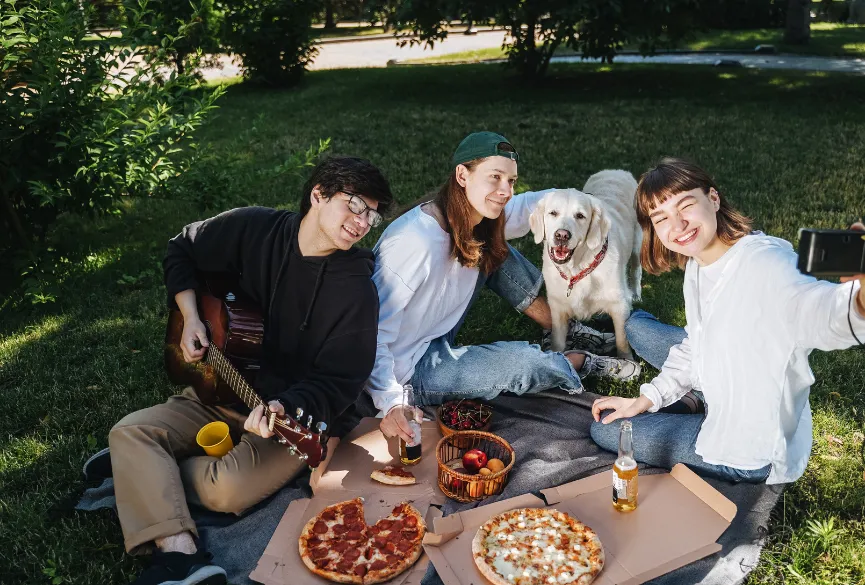
It's time to introduce your puppy to friends. Keep it calm and controlled, with lots of treats and hugs for everyone.
Remember, it's all about making positive associations and showing your dog that new people are nothing to be afraid of.
Organize a dog party for socialization
- Create a relaxed and friendly atmosphere for the meeting.
- Invite friends who are familiar with dogs and understand the importance of positive interactions.
- Give treats and toys to encourage positive associations with new people.
Ensuring calm and positive interactions
- Set boundaries and guidelines for interactions to avoid overwhelming the dog.
- Encourage guests to approach quietly and offer treats or toys.
- Supervise all interactions to ensure the dog's comfort and safety.
Prevent overwhelm or stress in the dog
- Pay attention to the dog's body language and reactions.
- Insert breaks if the dog becomes overwhelmed or stressed.
- Prioritize the dog's well-being during the socialization process.
A dog party can be a great opportunity for your dog to socialize and make new friends.
Keeping everything calm, positive and under control helps your dog feel comfortable and confident in different social environments.
Introducing other pets
Whether with cats, dogs or even small pets, patience is essential.
Take it easy, monitor all interactions and give everyone their own space to retreat if things get heated.
With a little time and care, your furry little group will be living in harmony in no time.
The importance of patience and supervision
- Understand that introducing pets takes time and patience.
- Monitor all interactions to avoid conflict and ensure safety.
- Allow each pet to adjust to the presence of the others at its own pace.
Strategies for introducing new dogs to existing pets
- Start with neutral introductions in a controlled environment.
- Provide separate areas where each pet can retreat when needed.
- Gradually increase the duration and frequency of interactions as trust grows.
Tips to avoid conflict
- Consider the personality and temperament of all pets involved.
- Use positive reinforcement and rewards to encourage peaceful interactions.
- Be prepared to intervene and separate pets if necessary.
Interactions with other dogs
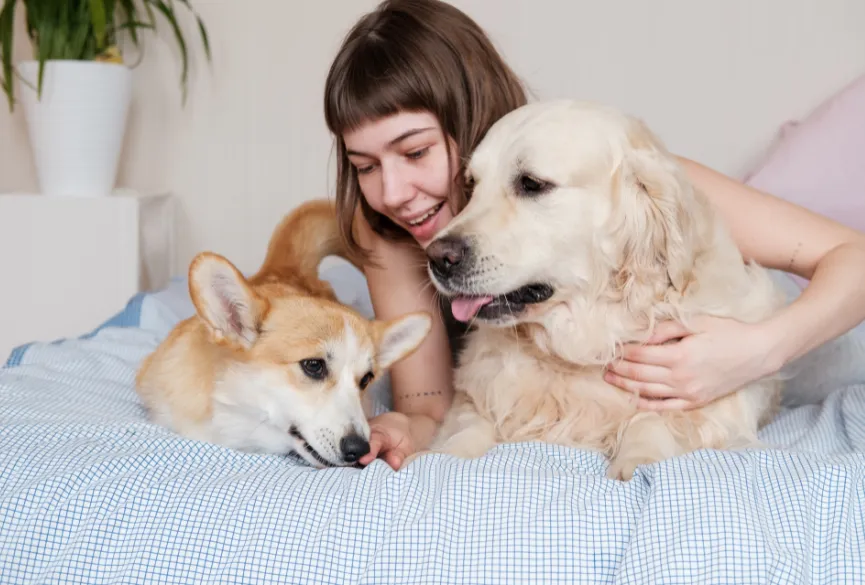
If you want to introduce your pup to another dog, you must proceed with caution. Like humans, dogs have their own social hierarchy and territorial instincts.
With a little patience and some clever strategies, you can ensure that the dogs become close buddies.
Understanding the behavior of dogs
Dogs often interact in a hierarchical system of leaders and followers.
Territorial instincts can come into play, especially in a new environment.
Reducing conflict
- Consider adopting a dog of the opposite sex to minimize potential conflicts.
- Introduce dogs to neutral territory first to avoid territorial disputes.
- Be patient; some dogs need time to get used to each other, while others may never become fast friends.
Tips for a smooth introduction
- Keep both dogs on leash and under control during initial encounters.
- Give each dog their own space and let them retreat when needed.
- Monitor all interactions and intervene if tensions rise.
Introducing dogs to cats
Cats and dogs can have different instincts and behaviors, which requires careful handling during introductions.
Understanding each pet's history and temperament can provide valuable insights into their compatibility.
Ensure safety and comfort
- Trim your cat's claws to avoid injury to your dog's sensitive eyes.
- Provide safe spaces for your cat to retreat to if they feel overwhelmed or threatened.
- Monitor all interactions between your pets to ensure safety and avoid conflict.
Use obedience training
- Teach your dog commands such as "leave it" or "stay" to control their behavior around the cat.
- Reward calm and respectful behavior with treats and praise to reinforce positive interactions.
Although the age-old rivalry between cats and dogs will never really go away, with patience, understanding and a little training, your four-legged friends can learn to live together peacefully.
So take up the challenge of introducing different animal species and before you know it, you'll be enjoying heartwarming moments of cat and dog companionship in your own home.
Safety with small animals
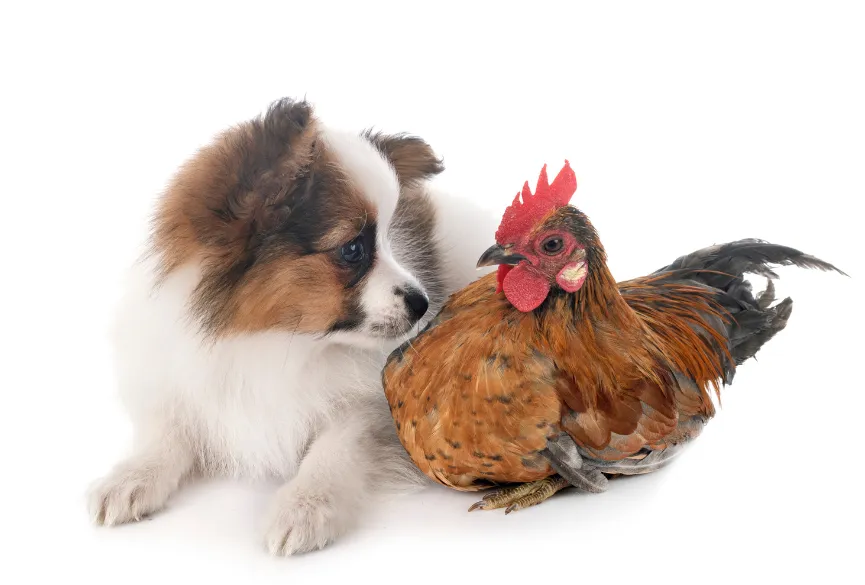
In the large animal kingdom, dogs are often the faithful protectors of our homes. But their innate instincts can sometimes pose a challenge when it comes to smaller members of the family, such as hamsters, guinea pigs or even feathery pets.
Let's see how to ensure the safety and harmony of all small and large animals in your household.
Understanding the instincts of dogs
Some dogs have a strong predatory instinct, especially breeds such as terriers bred for hunting small animals. Understanding your dog's breed and individual personality can help predict their behavior around smaller pets.
Preventing harmful encounters
- Keep small animals safely housed in cages or enclosures that are inaccessible to your dog.
- Never leave small animals unattended with your dog, even if they seem friendly.
- Pay attention to interactions between your dog and small pets, especially during play or exercise.
Create a safe environment
- Designate separate areas for your dog and small pets to minimize the risk of accidental encounters.
- Use barriers or fences to prevent your dog from accessing areas where small pets are kept.
- Teach family members and visitors the importance of protecting small animals from prying dog noses.
About the Author

Kelly was born and raised in the city of Worcester, MA, and has always had a great love for dogs. Her parents, now retired, both worked as veterinarians when she was growing up, which sparked her interest in animal care early on.
